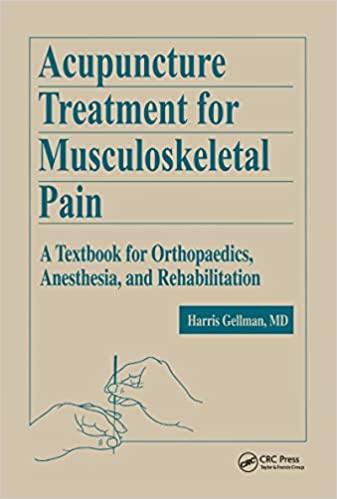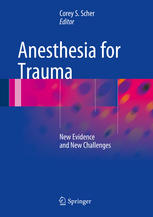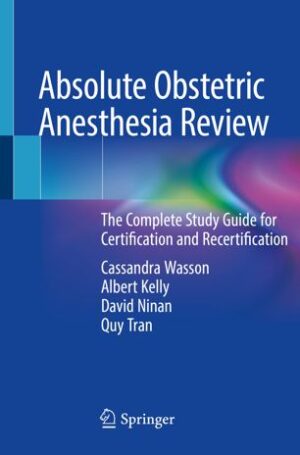Description
The textbook titled “Acupuncture Treatment for Musculoskeletal Pain: A Textbook for Orthopedics, Anesthesia, and Rehabilitation” is a resource that provides insights and guidance on the use of acupuncture as a complementary therapy for managing musculoskeletal pain. Below is an overview of what you can expect from this textbook:
1. Introduction to Acupuncture:
- The book begins with an introduction to acupuncture, explaining its historical context, principles, and techniques.
2. Musculoskeletal Pain Management:
- It focuses on the specific application of acupuncture for musculoskeletal pain conditions, which may include chronic pain, injuries, arthritis, and various orthopedic disorders.
3. Anesthesia and Rehabilitation:
- The textbook explores how acupuncture can complement anesthesia and rehabilitation protocols in orthopedic care. It may provide information on how acupuncture can be integrated into these treatment approaches to improve patient outcomes.
4. Evidence-Based Practices:
- It emphasizes evidence-based practices and the scientific basis for using acupuncture in the management of musculoskeletal pain. This includes studies, clinical trials, and research findings that support its efficacy.
5. Acupuncture Techniques:
- The textbook covers various acupuncture techniques, such as traditional acupuncture, electroacupuncture, and trigger point acupuncture, specifically tailored to address musculoskeletal pain.
6. Practical Guidance:
- Readers can expect practical guidance on how to select acupuncture points, perform needling techniques, and ensure patient safety. This guidance is often accompanied by illustrations or diagrams.
7. Patient Assessment:
- Information on how to assess patients with musculoskeletal pain conditions, including identifying pain triggers, will likely be included. This is important for tailoring acupuncture treatments to individual patient needs.
8. Integration with Conventional Medicine:
- The textbook may explore how acupuncture can be integrated with conventional orthopedic and anesthesia practices to create a comprehensive treatment approach.
9. Case Studies and Clinical Scenarios:
- Look for case studies and clinical scenarios that illustrate the application of acupuncture in real patient situations. These can help readers understand how to apply the principles discussed in the book.
10. Expert Authors: – The credibility of the textbook depends on the expertise of the authors. Ensure that the authors are recognized authorities in the field of acupuncture and musculoskeletal pain management.
11. Reference Material: – This textbook serves as a valuable reference source for orthopedic surgeons, anesthesiologists, rehabilitation specialists, and any healthcare professionals interested in integrating acupuncture into their practice.
To benefit from this textbook, ensure you have access to the most recent edition to stay up-to-date with the latest advancements in the field of acupuncture for musculoskeletal pain management. This book can be a valuable resource for healthcare professionals seeking to expand their knowledge and treatment options in the realm of musculoskeletal pain.





Reviews
There are no reviews yet.